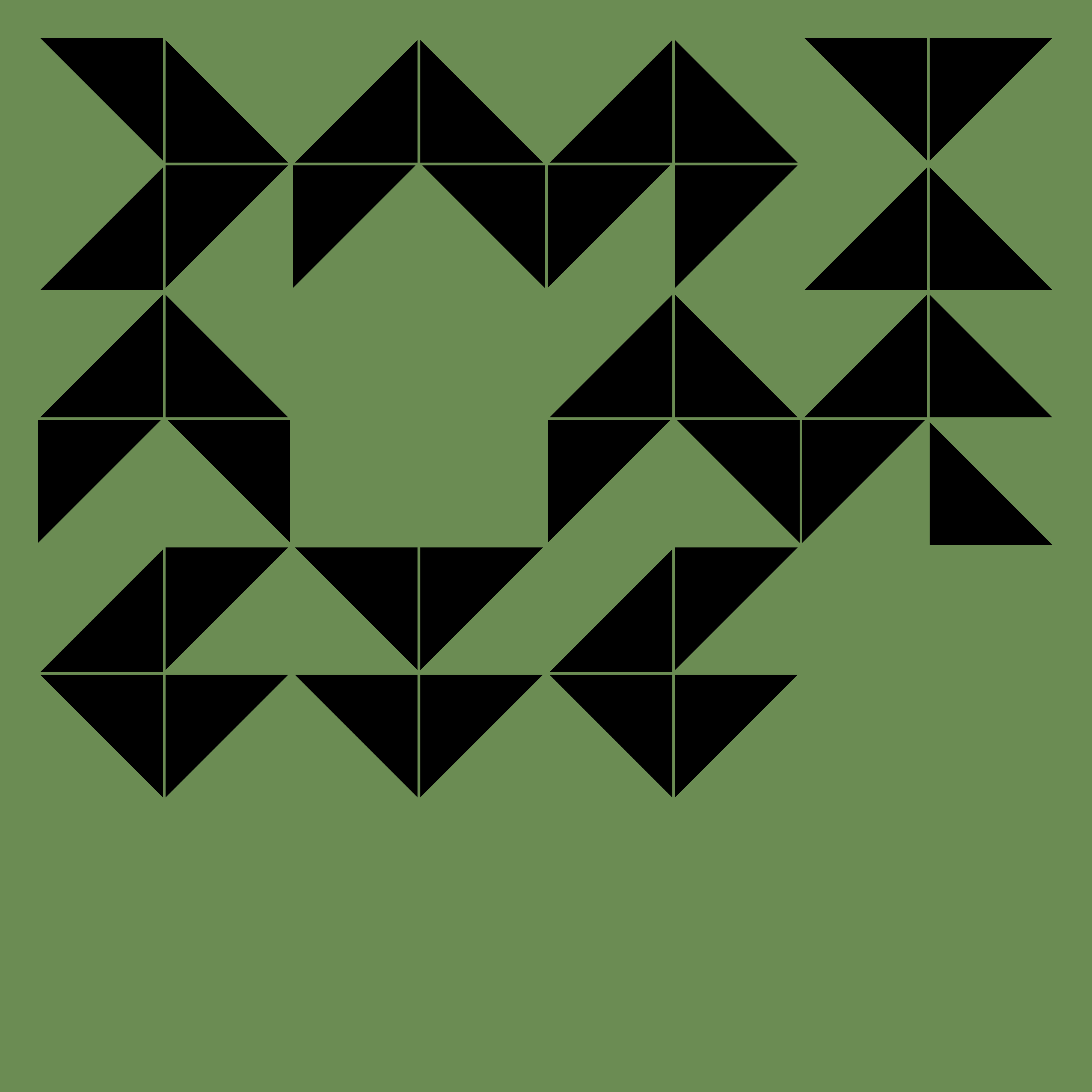An architect of textured, neo-ambient soundscapes, the music of Dania explores both sound and identity, focusing on how the latter has fractured in a post-colonial world. Born in Baghdad, raised in Tasmania and now based in Barcelona, she moves between cultures and continents, her amorphous creative vision directly tied to her transient existence. The founder of experimental outpost Paralaxe Editions, Dania divides her time between Spain and the remote corners of Australia, where she works as an emergency doctor. Her musical practice, however, is preoccupied with harmonics and tonality, weaving together manipulated vocal fragments, processed field recordings and meditative atmospheres. She has released on labels such as Geographic North, Superpang and Ecstatic.
This piece was created mostly using my voice, granular synthesis and some flute/piccolo. It’s actually the first time I’ve recorded the flute on one of my tracks, although I first started playing the instrument as a child. Flute wasn’t my instrument of choice, but my parents ultimately agreed to it because it reminded my father of the Arabic ney and must have ticked some sort of cultural nostalgia box. For this Longform piece, I decided to run the flute (and my piccolo, which I just started playing recently) simultaneously through three separate pedal chains; that allowed me to take a simple sound, sometimes a melody of only three notes, and let it generate a base on which I could improvise. One of those chains included the Soma Cosmos; it’s a drifting memory machine and I really liked that it recalled musical motifs I’d recorded minutes prior and randomly looped them back into the piece. As those motifs reappeared, I would then develop them in new directions, giving rise to an ever-evolving piece that somehow feels like it exists outside of linear time.
For me, deep listening is a daily practice, I say that because when I’m not making music, I’m working as a doctor, which often involves using my stethoscope to listen attentively to the discrete sounds of the human body, a technique that's more formally known as auscultation. I listen intently to sounds, taking note of their frequency, timbre, loudness and duration, and based on those observations, I make clinical judgments. It takes decades of practice to confidently listen to the body communicate, and as individual as we all are, the body has a universal language that I can understand. I suppose there is a natural aversion to the sounds of the human body. Most of us would much rather listen to field recordings of nature or hydrophone recordings of the ocean, but in a way I’ve always been struck by the body’s strange poetry. Pathological sounds often have parallels to sounds that all of us have experienced or can at least imagine. For example, when you hear an irritated lung lining, the sound is classically described in medical textbooks as akin to treading on fresh snow. An irritated heart lining will sound like squeaky leather, while the sound of a scarred lung is similar to rubbing hair together. I find these sounds fascinating, and also know that my deep listening practice is quite literally healing – not necessarily for me, but for the body I’m tuned into.


